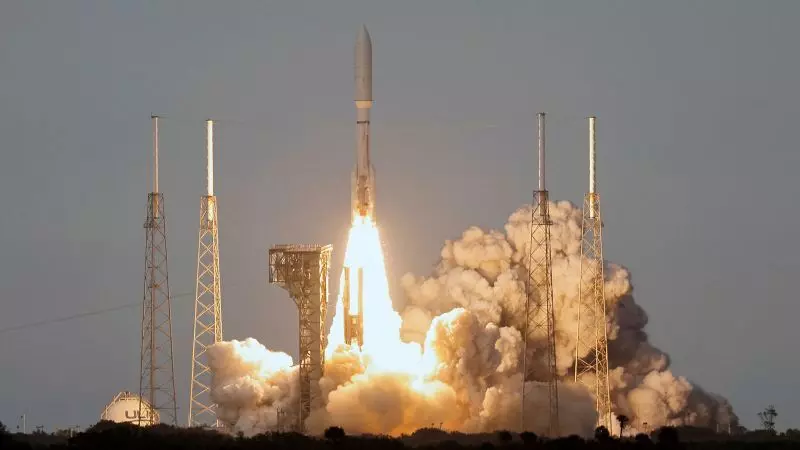Amazon's Kuiper Initiative: A New Challenger in the Satellite Internet Space

Amazon's ambitious Project Kuiper aims to revolutionize global internet access by deploying a vast constellation of satellites in low Earth orbit. This initiative is not just about expanding Amazon's portfolio; it’s a direct challenge to established players like SpaceX’s Starlink. With the recent launch of 27 satellites aboard an Atlas V rocket from Cape Canaveral, Amazon is set to embark on a journey that could redefine connectivity for millions.
The Atlas V rocket lifted off just after 7 p.m. ET, marking a significant milestone for Project Kuiper. The satellites will orbit at an altitude of about 280 miles, slightly lower than Starlink's operational height, potentially resulting in faster data transmission speeds. This launch is the first of many, as Amazon plans to deploy around 3,200 satellites to create a comprehensive network that can reach even the most remote areas of the globe.
### Competing with Starlink
As I reflect on the competitive landscape, it's clear that Amazon has a formidable opponent in SpaceX, which already serves approximately 4.6 million customers worldwide. The challenge for Amazon is not just to build its satellite constellation but to capture a market that is becoming increasingly saturated. Experts are skeptical about whether it is too late for Amazon to carve out a significant share of the satellite internet market. Craig Moffett from MoffettNathanson believe that the race is far from over, but the odds may not be in Amazon's favor.
Setting up a satellite network is no small feat. Estimates suggest that the initial costs for Project Kuiper could soar up to $17 billion. Moreover, ongoing expenses could range from $1 billion to $2 billion annually. While Amazon has the financial muscle to support this venture, the question remains: will the investment pay off? With the high stakes involved, the situation is complex, and the outcome uncertain.
Despite the challenges, the potential benefits of Project Kuiper extend beyond internet access. By providing connectivity, Amazon could enhance its logistics operations, improve Amazon Web Services, and even tap into new markets. The company’s ability to leverage its satellite system for various applications could lead to significant revenue streams. Rajeev Badyal, vice president of Project Kuiper, expressed optimism about the future, stating that this launch marks just the beginning of a transformative journey.
As Amazon gears up to roll out its satellite network, the real questions linger: Can they compete with SpaceX on pricing and service quality? How quickly can they expand their satellite constellation? With the first customers expected to access the network soon, the tech giant is poised to make a significant impact in the satellite internet space. While only time will tell if Project Kuiper can dethrone Starlink, one thing is clear: the race for global connectivity is heating up, and it’s a thrilling time for technology enthusiasts and consumers alike.
